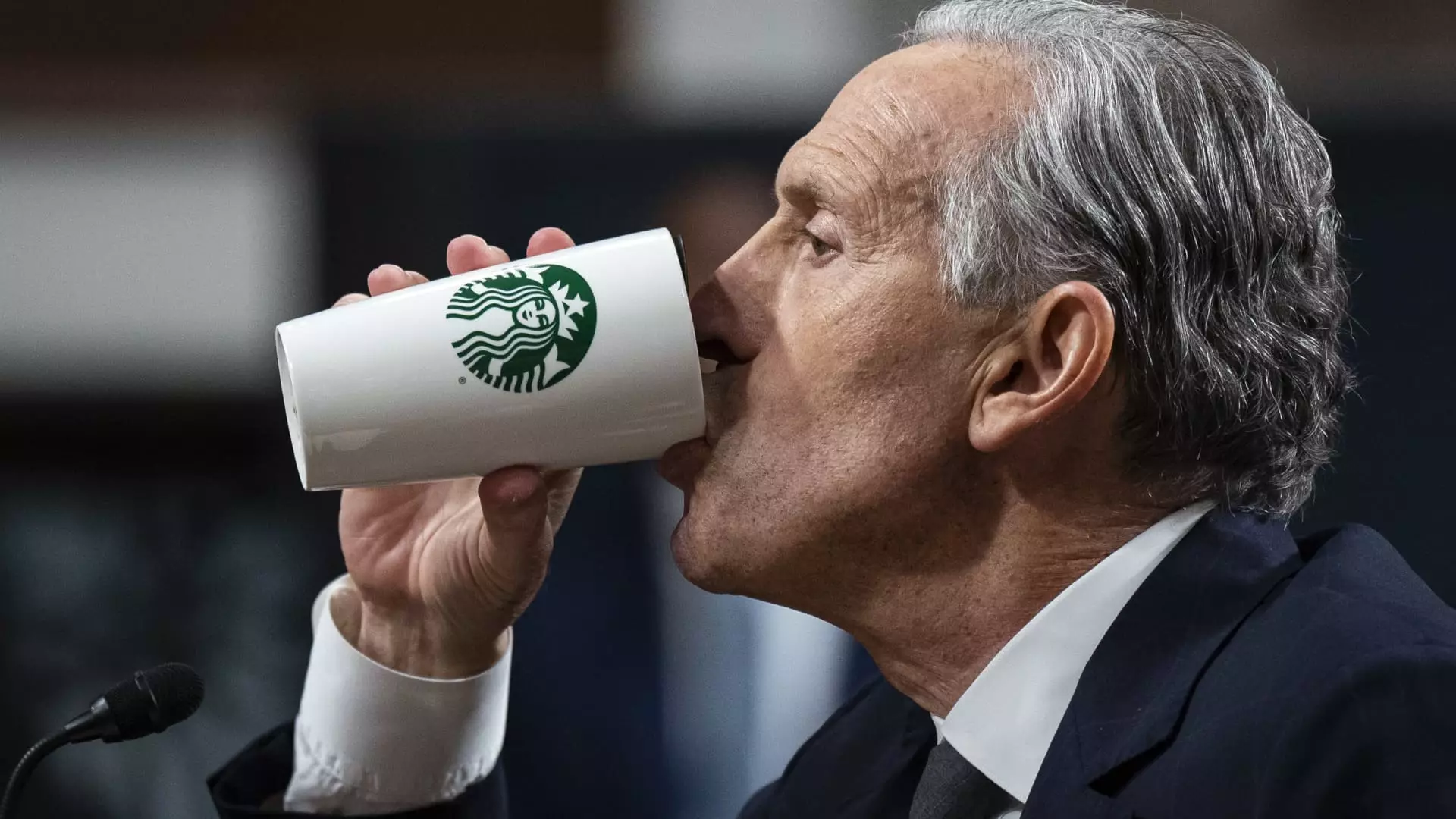Former Starbucks CEO Howard Schultz recently expressed his thoughts on the coffee chain’s disappointing quarterly report, stating that he believes the company has the potential to bounce back if it focuses on enhancing its U.S. stores. Schultz emphasized the need for a significant improvement in the mobile order and pay experience, along with a revamp of the drink creation process to prioritize premium offerings that differentiate Starbucks from its competitors.
Schultz highlighted the importance of a relentless focus on the customer experience within the stores, viewing the issue through the lens of a merchant rather than relying solely on data-driven solutions. He emphasized that the key to Starbucks’ recovery lies in the physical stores themselves, urging a deep dive into enhancing the overall customer journey and experience within the establishments.
Following Starbucks’ announcement of a lowered full-year forecast and the subsequent decline in its stock value, Schultz’s insights shed light on the potential reasons behind the company’s underperformance. With an unexpected drop in same-store sales, Starbucks is facing challenges that may be linked to social media backlash and other external factors that have affected consumer perception of the brand.
Advice for Leadership and Organizational Success
Drawing from his experience of transforming Starbucks into a global coffee powerhouse, Schultz offered valuable advice to current CEO Laxman Narasimhan on the importance of humility, confidence, and trust-building within the organization. As Starbucks continues to navigate the road to recovery, Schultz’s insights serve as a guiding light for leadership in times of crisis and transformation.
While Schultz has made it clear that he does not intend to return as Starbucks’ CEO, his continued presence as an influential figure in the company’s history underscores the significance of his perspectives on its future. As Starbucks strives to regain its footing and restore investor confidence, the lessons shared by Schultz serve as a reminder of the critical role of leadership in shaping the destiny of a global brand like Starbucks.

